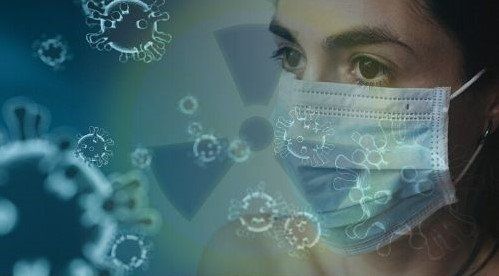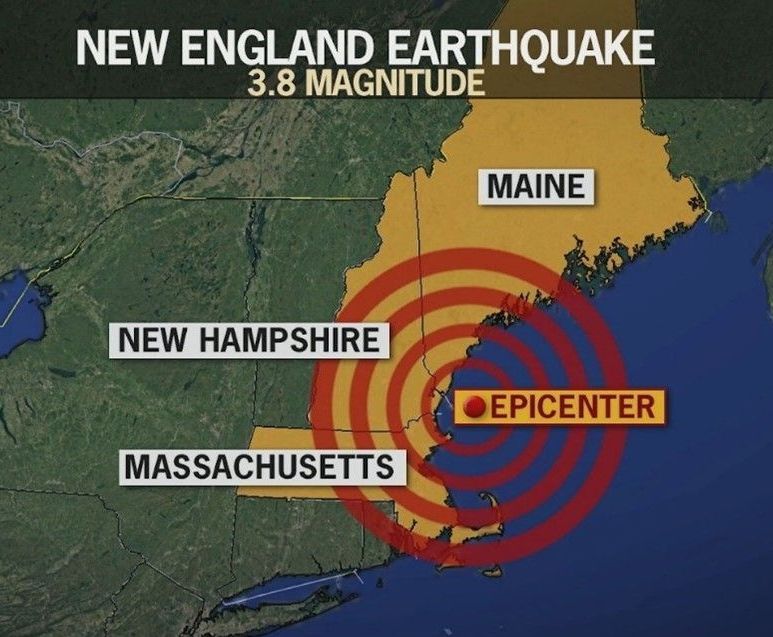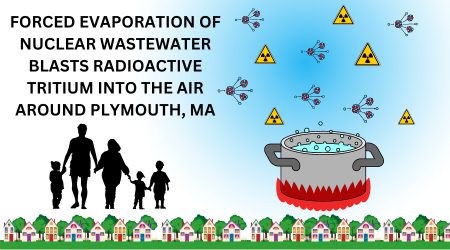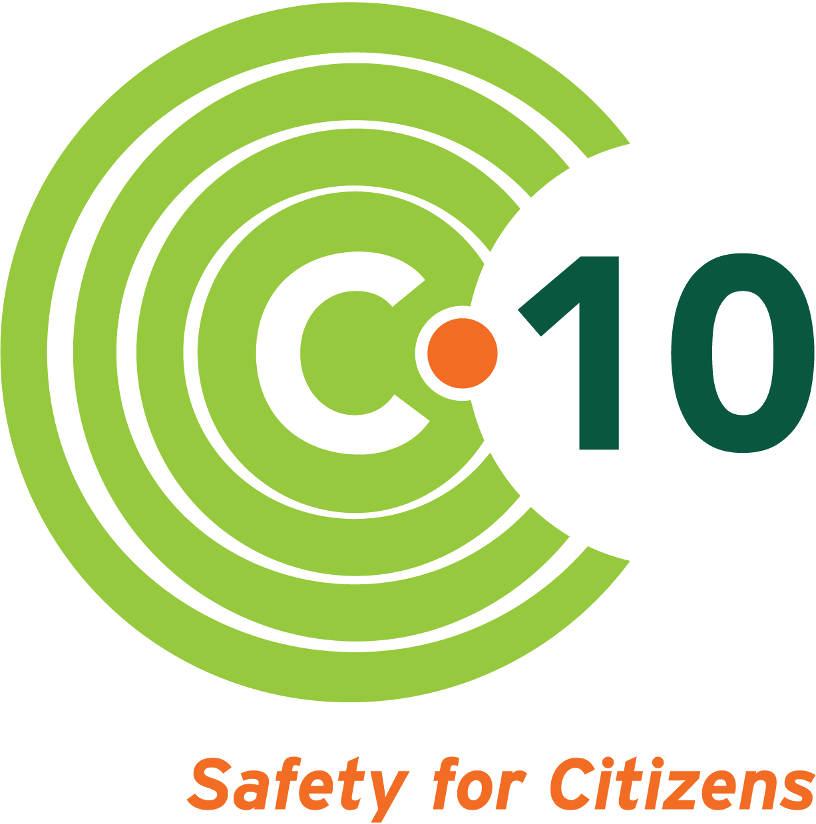Prepare, don’t panic
- By Natalie Hildt Treat
- •
- 19 Mar, 2020
Coronavirus can help us get ready for other types of emergencies

Risk and Preparedness
The coronavirus has everyone a little freaked out, and it seems for good reason. In recent days, many of us have been affected by cancelled events like conferences, performances and even church. Meetings and work are being moved online, and those of us with kids are scrambling.
We’ve adopted namastes and toe taps as greetings, and we think about every public surface we touch—and how soon we can wash our hands. We are stockpiling essentials, and making our own contingency plans for work and family life.
People like to feel in control and safe. They also don’t like to think about risks that seem far off or unlikely. News about the coronavirus is all around us, even as it begins to change how we live, move and gather. There is a sense of urgency to protect ourselves and our families, and we are hunkering down.
COVID-19 is scary because it’s very contagious, and even though most who get it won’t die from it, the overall and unknown risk to society and potential disruption to supply chains, hospitals, businesses and government agencies leave us feeling anxious and vulnerable.
In light of all this, many people are taking steps to feel prepared, protected, and less at risk. Risk is hard to quantify, and there is a certain emotional, or psychological component to it. Even when things seem to be going smoothly and we feel safe, that doesn’t mean the risk is zero.
Take living near a nuclear power plant. There are a lot of people at Seabrook Station, the nuclear plant in coastal New Hampshire, who work to ensure that the atomic reactor is operating safely, and that the plant and spent fuel are secure. The same thing goes for partners at all levels of the government. The risk of a radiological accident may be very low, but anyone who lives or works in the vicinity of a nuclear plant must keep in mind the possibility that a very serious accident could happen. It's estimated that about three million Americans live within 10 miles of the nation's 99 nuclear plants.
We’ve just passed the ninth anniversary of the Fukushima disaster, where people were forced to evacuate a 50-mile radius surrounding the meltdown site. It is sobering to imagine what that kind of accident would mean for our beloved Seacoast communities, our homes, and our businesses.
Beyond Stockpiling Toilet Paper
While it feels a little like the Zombie Apocalypse to walk through Market Basket these days, buying extras of the essentials is not a bad idea, but that’s just the start. Now that the coronavirus has made preparedness top of mind, it’s a great opportunity to think about how you can be ready for other types of emergencies, too.By preparing to self-quarantine, we've essentially been getting ready to shelter in place — one kind of directive that could come in the event of a nuclear emergency. In other scenarios, such as severe storms, fires, or an accident necessitating an evacuation order, we could be ordered to leave our homes. In those cases, having a good checklist of essentials in place, or a "go bag" is advised, as well as knowing evacuation routes.
What are some things that you need to do to keep yourself, your loved ones and even your business safe and prepared before and during an emergency? For starters: - Know where to get reliable information. Knowledge is power. Government websites and major news outlets like the New York Times and NPR tend to be more fact-based than social media posts, for example.
- Make a plan, and assemble your supplies. Ready.gov has guidance for preparing for all kinds of emergencies, including a pandemic like coronavirus, a hurricane, or even an accident at a nuclear power plant.
- Check on neighbors and vulnerable people before and during an emergency.
Resources for Nuclear Safety
While most of us prefer not to sit around thinking about the unthinkable, at C-10, it’s our job to focus on nuclear safety. Through our real-time radiological monitoring network, our research and advocacy and by providing reliable information to the public, C-10 is doing all we can to work for the health and safety of people and the natural environment surrounding Seabrook.
Visit c-10.org for direct links to Seabrook Station’s Emergency Brochure for Massachusetts and New Hampshire residents within the plant’s 10-mile emergency planning zone as well as a basic Emergency Preparedness Checklist. With community support, C-10 will keep doing all we can to help prevent an accident and to provide the public with tools to be prepared.Keep calm, wash your hands, and remember that we're all in this together.
Follow us



